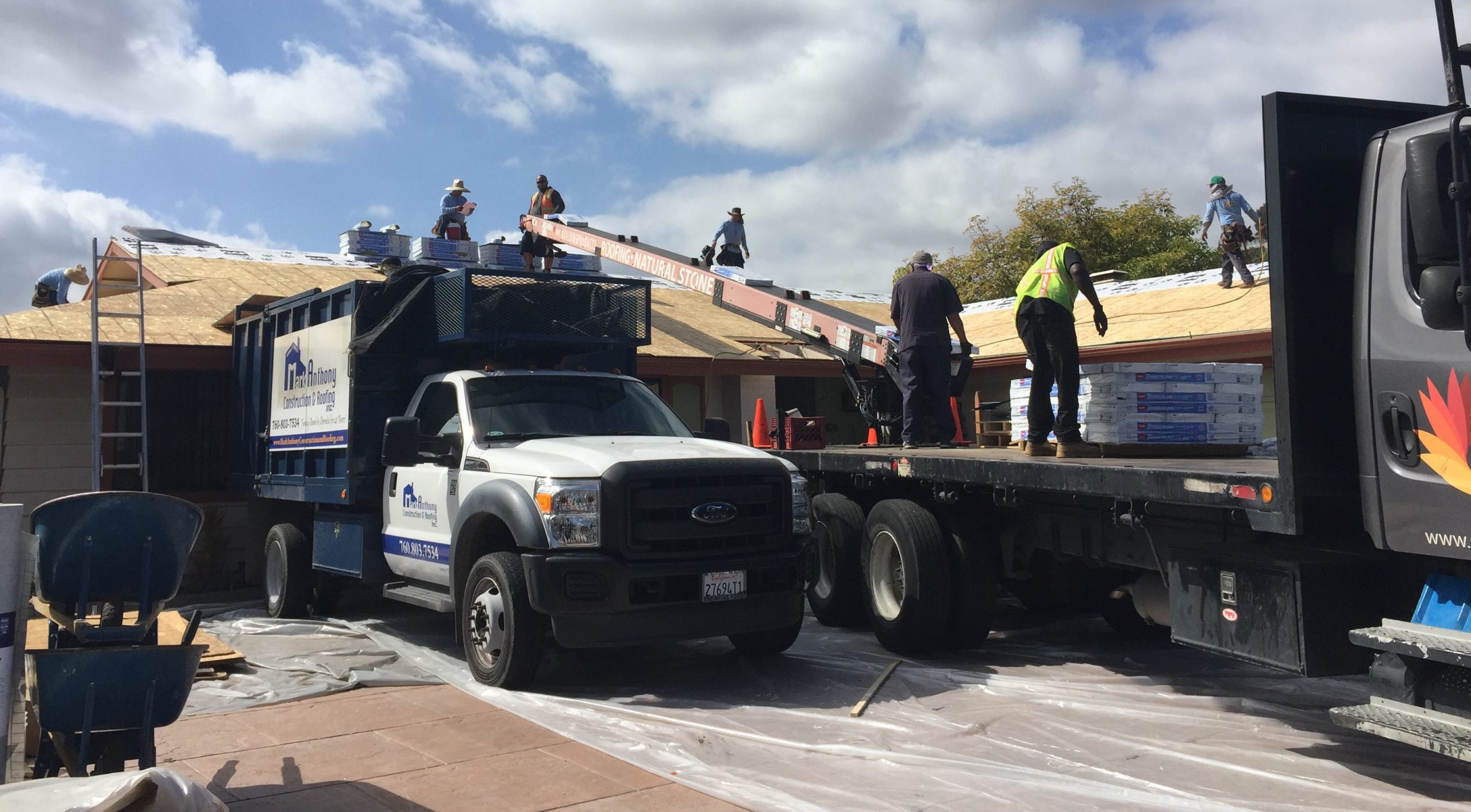
16 May Going Solar, Day 2
Demolition of the old cedar roof continued today. The roofers also repaired and replaced the roof sheathing (the plywood covering on top of the rafters or trusses). And as they inspected the underlying roof structure, they found some old termite and water damage in the eaves (roof overhang) and the fascia board (what the gutter is nailed to). These boards will need to be replaced. In any construction project, there’s always possibility of hidden damage that can only be revealed after demolition. In this case, our roofers were prepared to make the necessary repairs quickly.
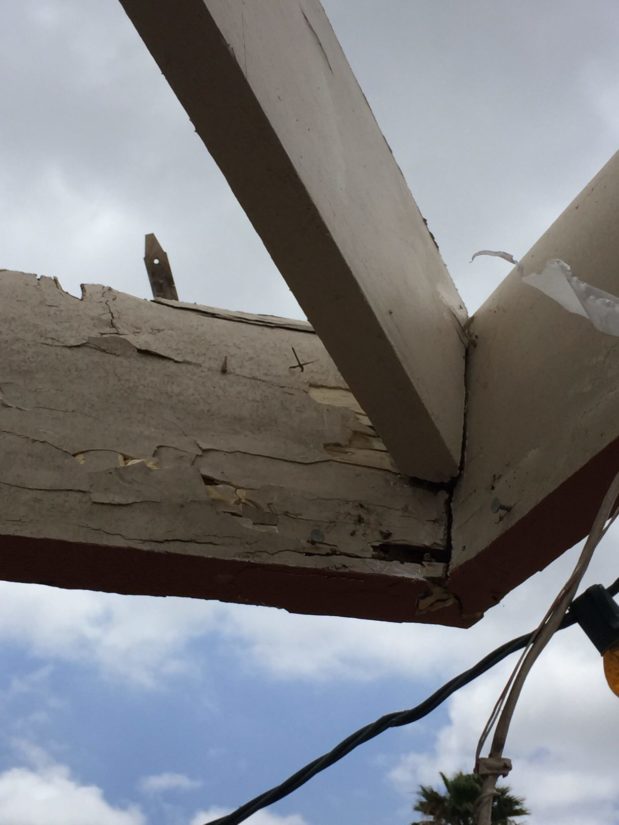
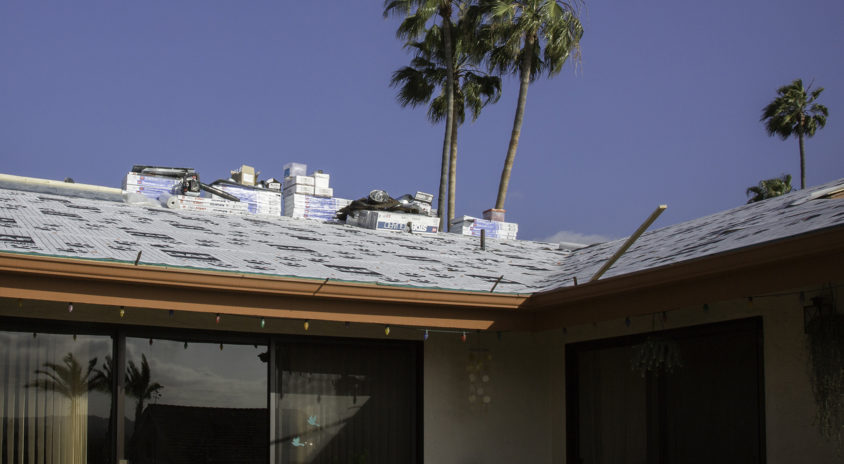
Structure and Infrastructure
Tomorrow, the first components of the solar system will be installed — the stands for the mounting system for the solar panels. If you’re following this blog, you’re likely interested in installing solar panels on your home. How do you know if going solar is right for you? Let’s talk about this by examining the following factors:
1. Structure and Infrastructure
2. Location, Orientation, and Exposure
3. Electricity Usage and Utility costs
4. Solar System Components and Installation
5. Financing and Incentives
We’ll expand on each of these topics in future posts. Because preparing the roof for solar panels is one of the critical first steps in the installation process, we’ll start with looking at the structure and infrastructure of a home. Will your house even accommodate a solar system?
There are two major components of your home that must be reviewed for a solar system: the roof and your electrical panel. It’s critical to verify that you have a roof that’s structurally able to accept a solar system and has a surface compatible for mounting and maintaining the panels. If not, you either can either modify your roof or look into a ground-mounted system. We had to replace the cedar shake roof because it was too old and brittle to walk on, or to mount the panel systems to. It also leaked. While replacing the roof became one of the necessary first steps of our solar project, we were able to roll the roof replacement into our tax incentive program. More on this later.
Another important component is your home’s electrical panel. It needs to be modern enough to provide the correct electrical infrastructure to support a solar system. Some older electrical panels can’t accept solar power. Your panel must interface with your electric meter, which will run backwards when you’re generating power. What does running backwards mean? Because you’re producing electricity, you’re selling power back to your utility company, so the meter runs in reverse. Your solar designer or an electrician can help you determine if your particular panel is adequate and help you sort through the utility and electrical code issues associated with connecting a solar system to your home.
If you have an older panel, you can upgrade your panel or install a Renewable Meter Adapter or RMA. An RMA is a less expensive option installed between your meter and your older panel, and allows the solar system to be connected without upgrading your panel. It can be a less expensive and faster option than a new panel.
Our home had the original 50-year old Bulldog electrical panel, which wouldn’t work with our solar installation. An RMA was an option, but it didn’t correct the other electrical issues we had with the panel. Also, newer electrical panels may also have room for additional sensors that will help you monitor your electrical usage, as well as your solar electric production.
With the electrical panel and roof in place, the next step will be to look at the amount of sunlight your location receives, the orientation of the various roof surfaces, and any obstacles that might shade the roof.



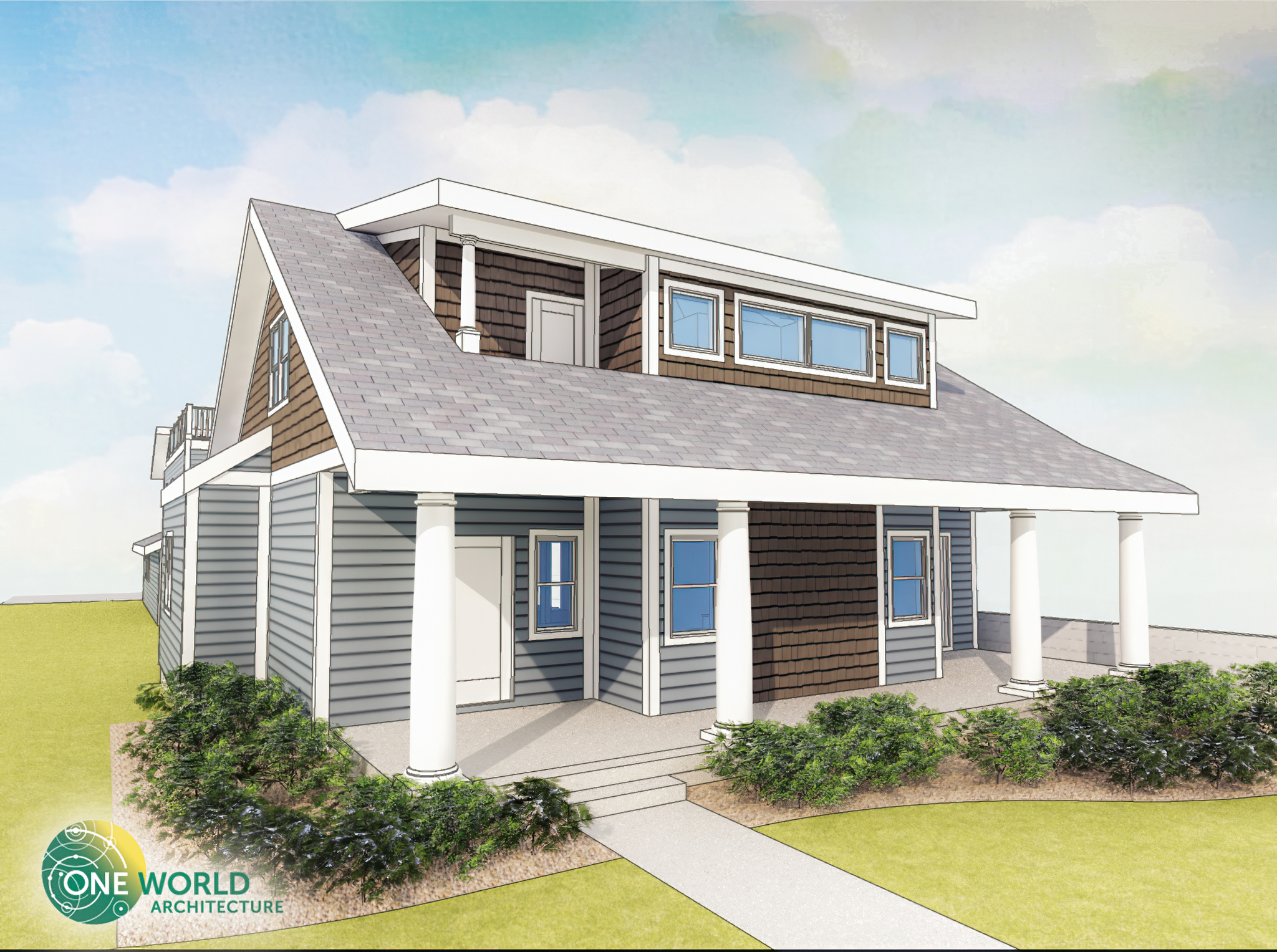
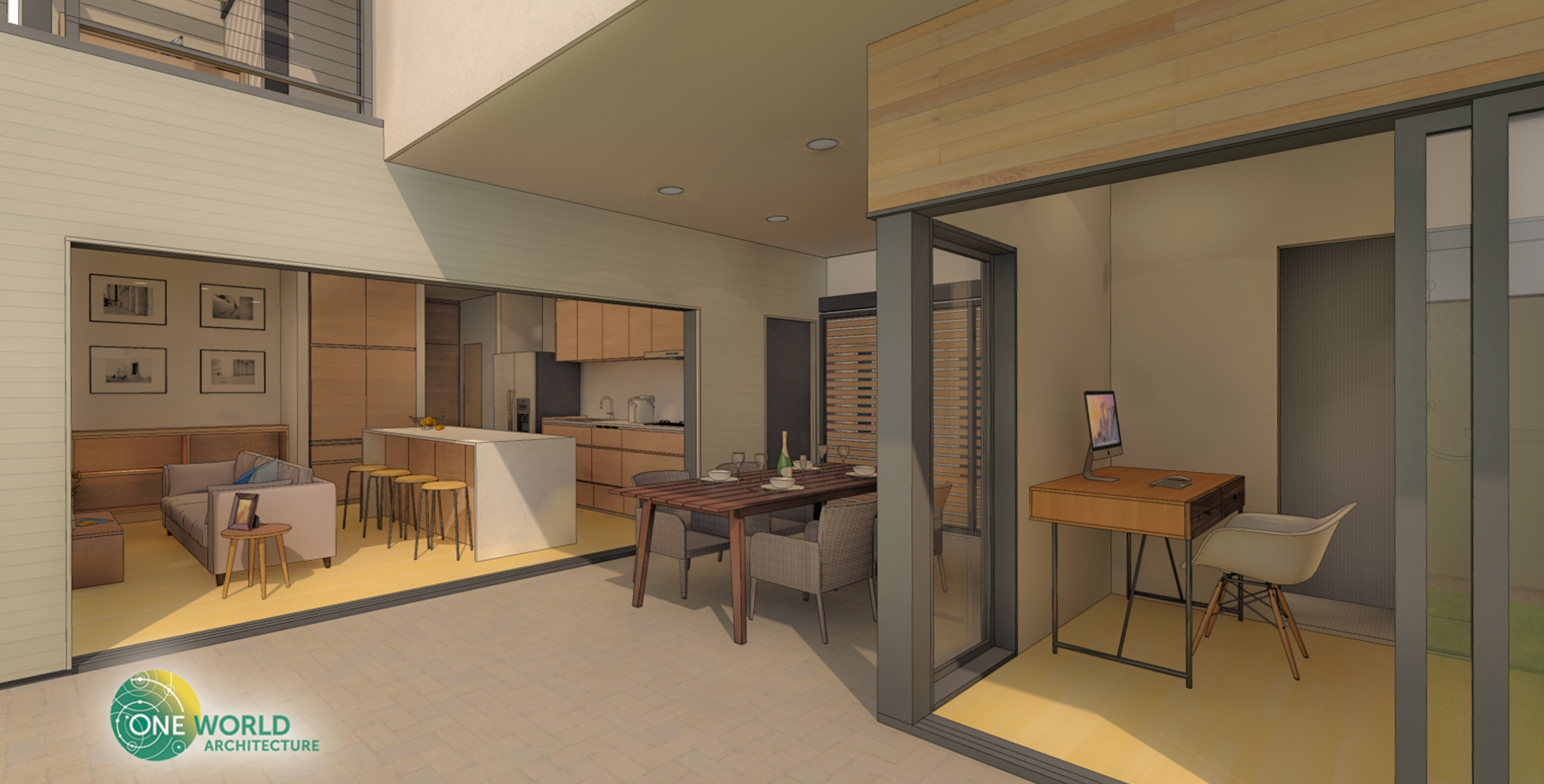
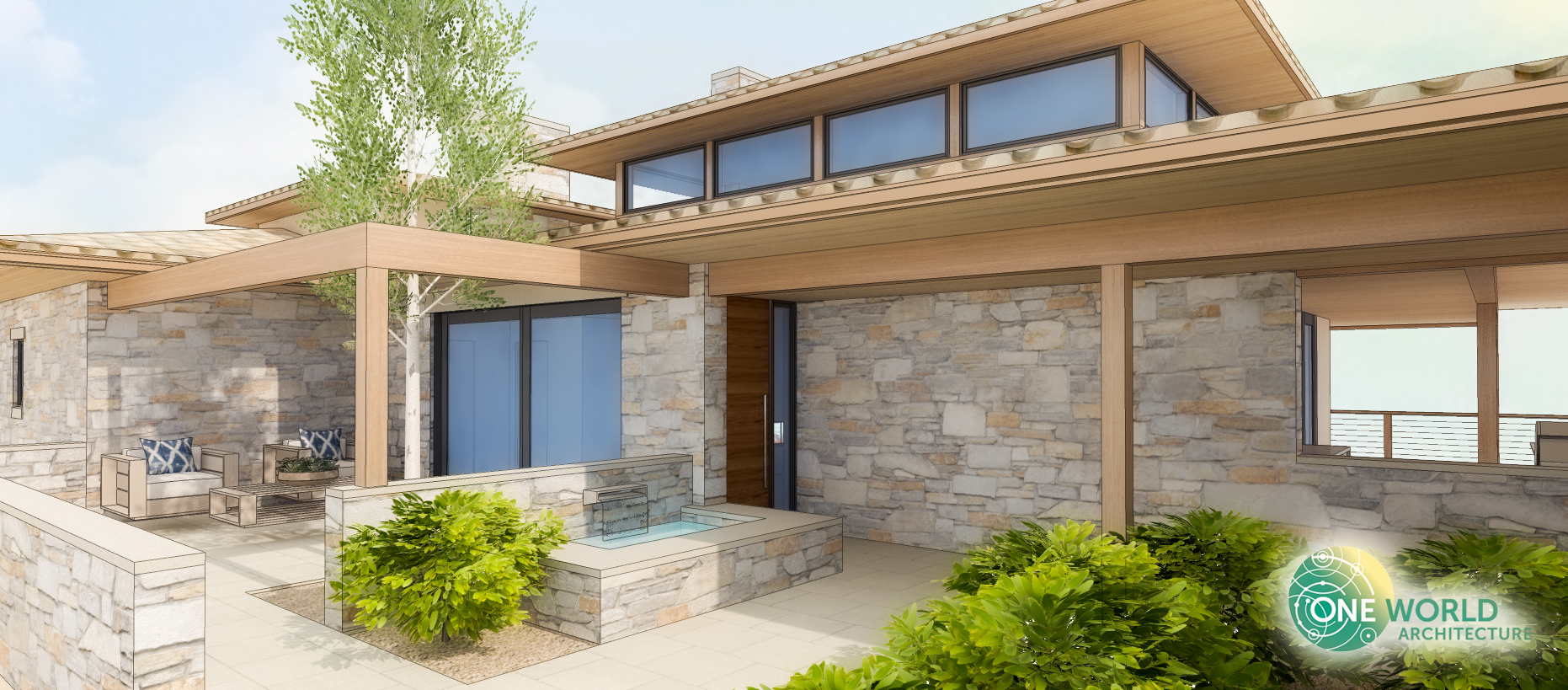
No Comments